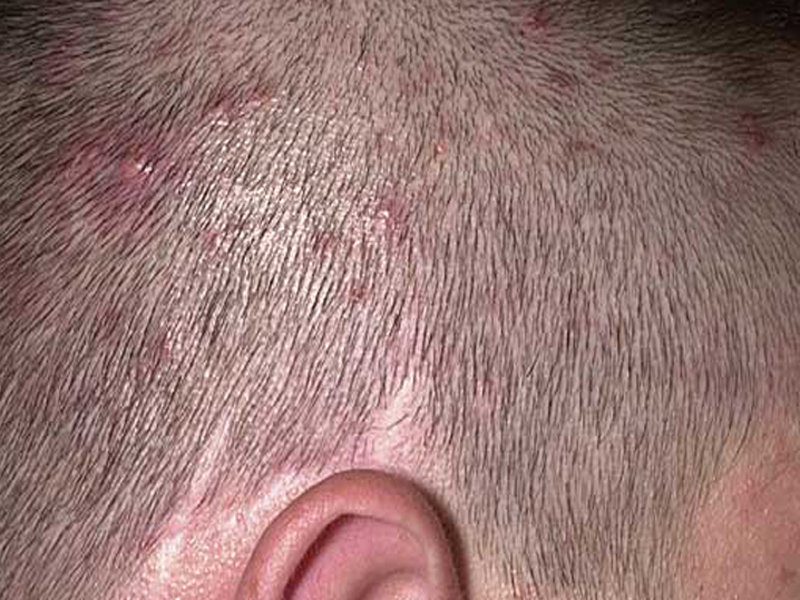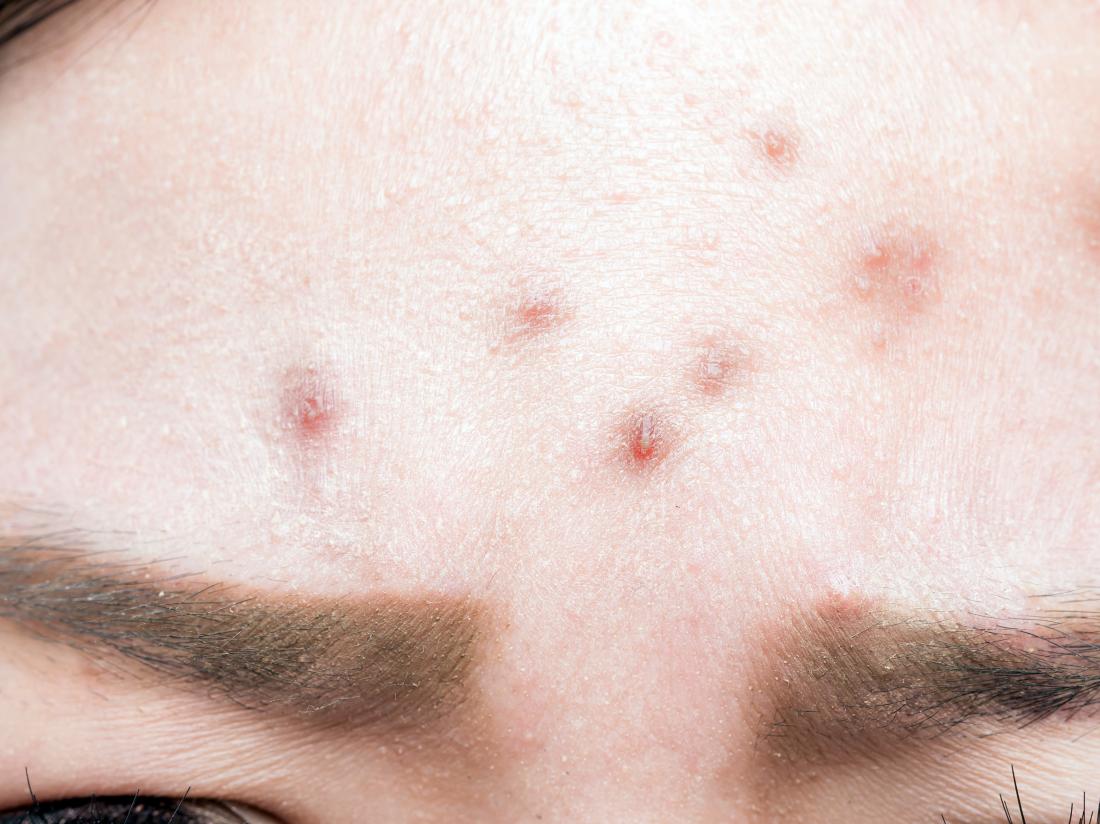Folliculitis Symptoms & causes
Table Of Content

People may develop scars if they squeeze or pop these pimples. Doctors can prescribe oral isotretinoin to treat most cases of gram-negative folliculitis. Pseudofolliculitis barbae, also known as barber’s itch or razor burn, is a type of folliculitis that develops from ingrown hairs. Razor burn usually leads to clusters of tiny, red bumps on the lower face, genitals, and other areas where a person regularly shaves.
How to Treat Pimples on Scalp - PureWow
How to Treat Pimples on Scalp.
Posted: Tue, 13 Apr 2021 07:00:00 GMT [source]
Bacterial folliculitis
Dermatologists explain the risks, some tips for getting rid of zits, and what to do if acne is a persistent problem. A doctor will usually apply a dressing after removing the cyst. It is usually good to avoid getting the dressing wet and take care when touching the affected area.
Skin cyst
Plus, bacteria or other germs on your hands can be transferred to the blemish, potentially leading to an infection, the AAD says. “As a general rule, you shouldn’t pop your pimples,” says Dr. Jody Alpert Levine, a dermatologist and director of dermatology at Plastic Surgery & Dermatology of NYC. In extremely rare cases, a proliferating trichilemmal cyst can become cancerous. A person who is concerned may wish to have their cyst evaluated. A person should try to avoid scratching, popping, or picking at a cyst.
Managing Recurring Scalp Folliculitis After Remission
You can take oral medications by mouth according to your provider’s instructions. Talk to your healthcare provider about the side effects of each medication before starting it. Also, tell your provider about the supplements and medications you currently take to avoid drug interactions. Use oil-based products in moderation to avoid clogging your pores.

How to Treat Closed Comedones, the Acne You Didn't Know You Had - Self
How to Treat Closed Comedones, the Acne You Didn't Know You Had.
Posted: Thu, 01 Aug 2019 07:00:00 GMT [source]
The keratin in a cyst resembles a thick white or yellow paste. The skin covering a pilar cyst is quite thick, making it less likely to break or pop. However, cysts on the scalp are often caught with a brush or comb.
You probably know about the mildest form of this type of eczema -- dandruff. But it also can cause scaly, itchy patches on your scalp that can ooze and scab over. Symptoms tend to come and go and may be worse in winter. The best treatment is usually prescription medicine you take by mouth. Ringworm creams and powders don't tend to work on the scalp.
Pustules
Despite a lack of information on scalp acne on the World Wide Web, Dr. Carlos assures that the condition isn't that uncommon and that he treats patients pretty frequently. "Helping to prevent oil and flaky build-up can be extremely helpful," says Dr. Carols. "Ketoconazole shampoo (which can be purchased over the counter at a one percent strength or the prescription strength of two percent) are two good options." Make your wash-day routine count by lathering up with medicated shampoos formulated with antibacterial ingredients, such as sulfur and salicylic acid. "I suggest washing every other day," says Dr. Robinson.
What appear to be hard pimples may be the result of another condition altogether. Some are available over the counter, and others require a prescription. You may also be able to get a higher dose of some topical treatments with a prescription. Try the following treatments at home to address your symptoms. Often the first sign of melanoma is a change in the size, shape, color, or feel of a mole.
Charitable Care & Financial Assistance
You may also have to keep treating the area to avoid recurrences. Dermatologists recommend using a mild, everyday shampoo if you need to wash your hair frequently. Studies have shown that mild shampoos do not interfere with normal hair growth. Severe scalp acne (acne necrotica and dissecting cellulitis) can develop blackened crusts and leave permanent scars. Contact your doctor if you are experiencing persistent acne that’s causing hair loss, bald patches, or severe pain.
Treatments for hard scalp bumps can begin at home as long as symptoms are not severe. However, see a physician for further medical treatments if symptoms persist. You may notice a new bump on your scalp while combing, brushing, or washing your hair — which can be alarming.
Cortisone, an anti-inflammatory medication, helps reduce the redness, swelling, and pain of severe inflammatory acne breakouts. Topical combination medications are also prescribed for treating acne. These can include any combination of antibiotics, benzoyl peroxide, retinoids, or salicylic acid.
These bumps can be painful, itchy, red, or inflamed. Folliculitis is a skin infection caused by damage to your hair follicles. This infection can result in raised red bumps that look similar to acne pustules. Other symptoms include pain, stinging, and pus drainage from the site of the infection. Scalp folliculitis begins with small, inflamed bumps that appear along the hairline.
Comments
Post a Comment